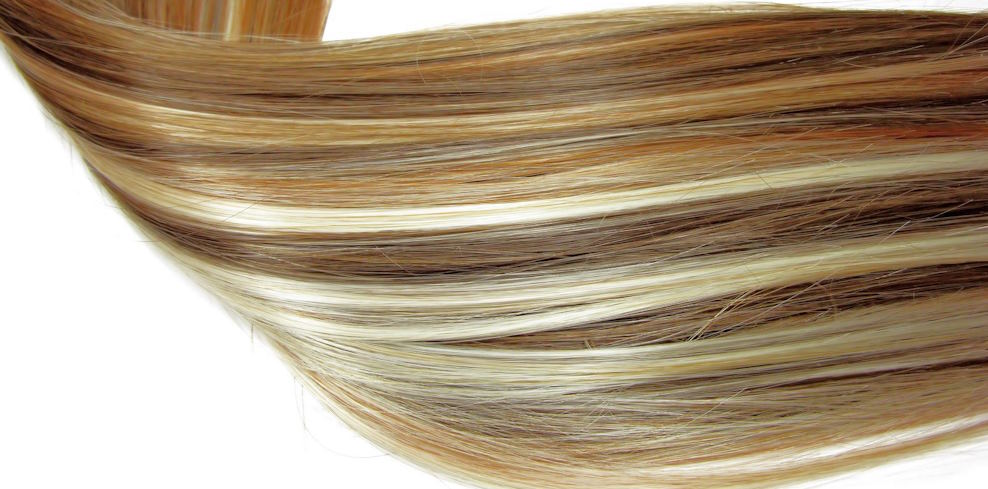Changing one’s hair color is a timeless expression of individuality, allowing us to reinvent ourselves and experiment with our appearance. While there are numerous methods to achieve a new hair color, highlights have emerged as a popular and versatile choice for those seeking a transformative yet subtle change. In the world of highlights, a critical decision that often arises is whether to opt for full vs partial highlights.
Full Highlights: Pros and Cons
Advantages of Full Highlights
- Complete Color Transformation: Full highlights are the go-to choice for those seeking a dramatic shift in hair color. Whether you’re transitioning from a deep brunette to a radiant blonde or experimenting with vibrant fashion shades, full highlights ensure a complete and even transformation.
- Increased Dimension and Brightness: These highlights bring your hair to life with enhanced depth and luminosity. The full coverage creates a radiant, sun-kissed effect that adds a natural glow to your overall look.
Disadvantages of Full Highlights
- Higher Maintenance: Achieving a full highlight look can be a commitment. With the entire head dyed, regrowth is more noticeable, necessitating more frequent touch-ups to maintain a polished appearance.
- Potentially More Damaging: The process of applying full highlights can be more intensive and may involve using stronger chemicals, which could potentially lead to increased hair damage. It’s essential to invest in high-quality hair care products and maintain a healthy hair care routine to mitigate these effects.
Partial Highlights: Pros and Cons
Advantages of Partial Highlights
- Lower Maintenance: Partial highlights offer a lower maintenance option for those who want a touch of color without the commitment of frequent touch-ups. Since only specific sections of your hair are colored, regrowth is less noticeable, allowing you to enjoy your new look for a more extended period.
- More Natural Look: Partial highlights create a soft, natural effect, as they work with your base color to enhance what’s already there. This subtlety is perfect for those who seek a gentle transition or a modest update to their appearance.
Disadvantages of Partial Highlights
- Limited Color Change: If you’re looking for a radical transformation, partial highlights might not be the best choice. These highlights provide a subtle shift in color, making them less suitable for those aiming for a completely new and vibrant look.
- Less Dramatic Effect: Unlike full highlights, partial highlights don’t saturate the entire head with color, resulting in a less dramatic and eye-catching appearance. If you’re seeking a bold statement, this option may not deliver the intensity you desire.
Cost and Maintenance
 Cost Comparison Between Full and Partial Highlights
Cost Comparison Between Full and Partial Highlights
Cost is a crucial factor to consider when deciding between full and partial highlights. Full highlights typically come at a higher price point because they involve more time, effort, and resources. The extensive color coverage and labor-intensive application contribute to the increased cost. On the other hand, partial highlights are generally more budget-friendly, making them an attractive option for those looking to change their hair color without breaking the bank. However, it’s essential to remember that prices can vary depending on your location and the salon’s pricing structure.
The Frequency of Touch-Ups for Each Type
Maintenance plays a significant role in your choice of highlights. Full highlights often require more frequent touch-ups since regrowth is more noticeable with complete color coverage. You may need touch-ups every 6-8 weeks to maintain a polished look. In contrast, partial highlights offer an advantage in terms of lower maintenance. They can last longer between touch-up appointments, typically around 8-12 weeks or even longer, depending on your desired look and hair growth rate.

